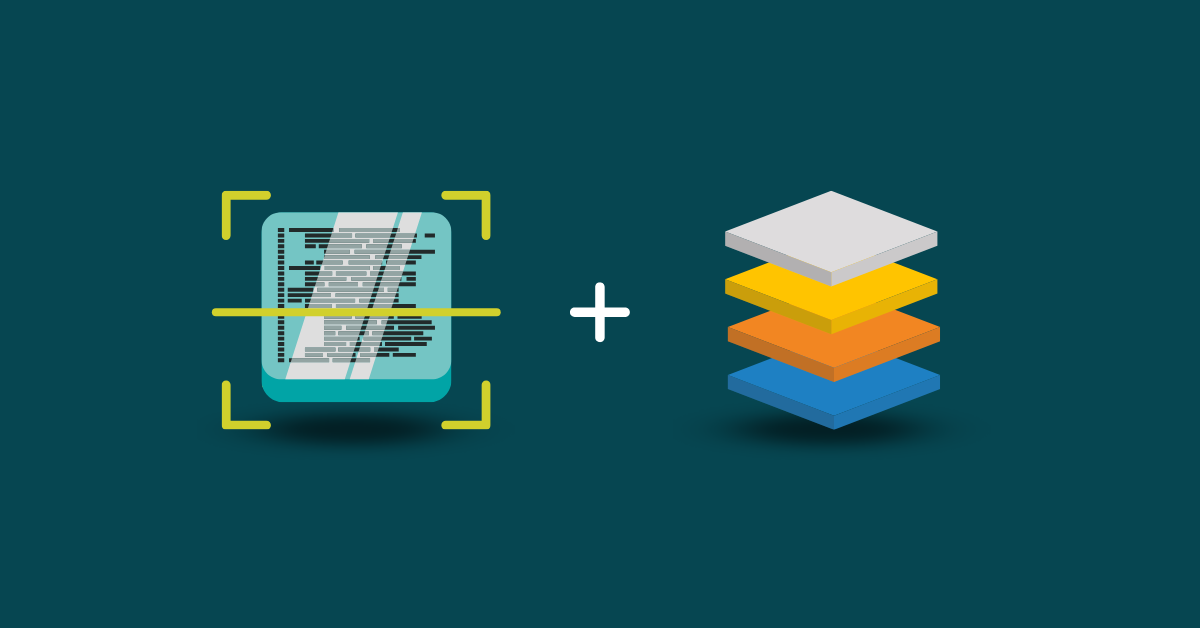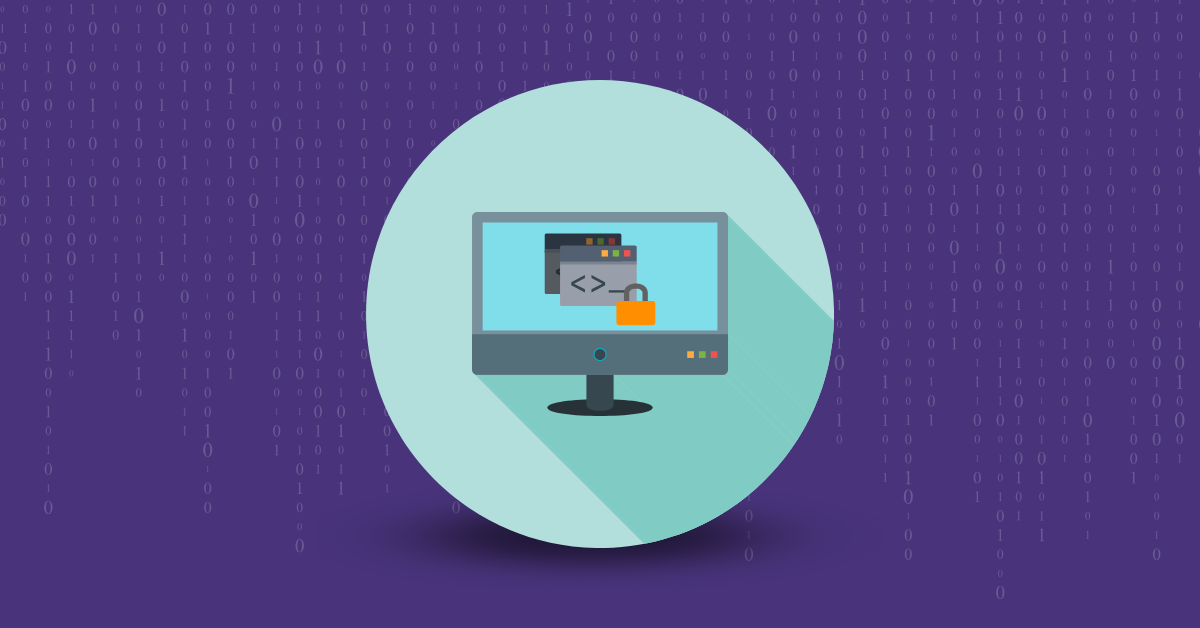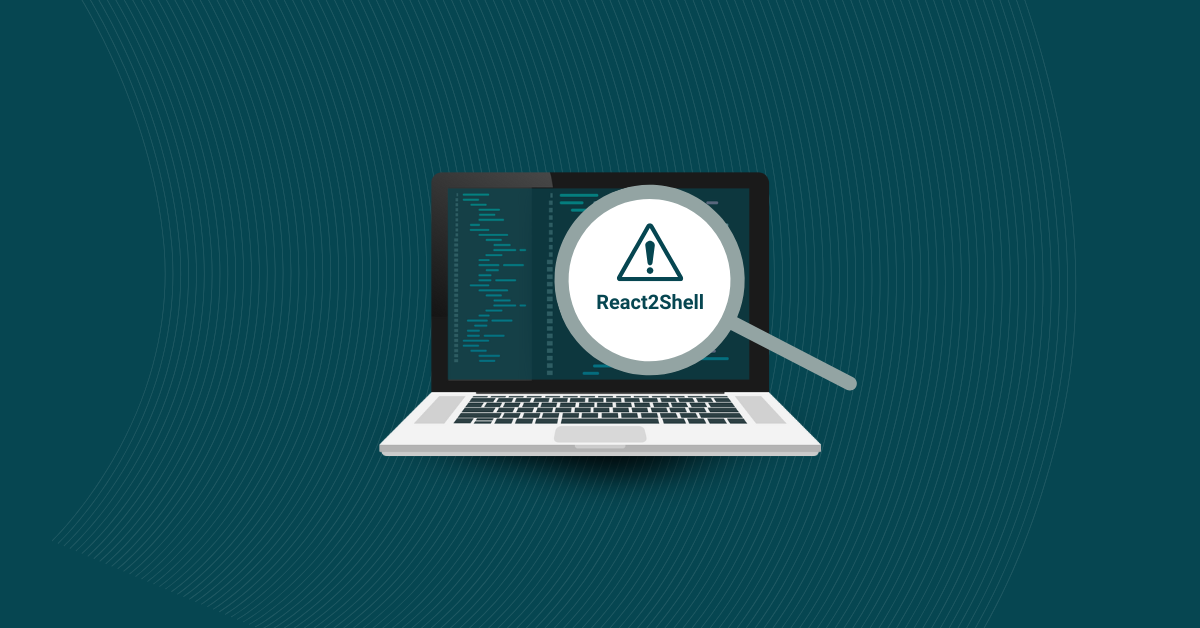

Twitter recently became the victim of a data breach caused by incorrect settings around an application programming interface (API). Hackers stole the information of 5.4 million users and posted it to an online forum. Threat actors then began selling the information online for $30,000.
Attacks like these are a wake-up call to companies of all sizes to take code security more seriously. Secure code reviews play a pivotal role in helping organizations prevent the kind of vulnerabilities in software code that lead to cybersecurity breaches. Let’s look at the role of secure code reviews, why they’re so important, and best practices for implementation.
A secure code review is a technique for locating security bugs early in the software development lifecycle (SDLC). Reviewers audit an application’s source code to verify that it has proper security and logical controls in place. The review is most effective when combined with automated and manual penetration testing. Secure code review improves the effectiveness of verifying the security of an application.
Even the most careful software developer can introduce the kind of weaknesses tracked by OWASP. These subtle vulnerabilities can be tricky to remediate once they are caught. Many software engineers focus on getting an application functional and may not have the awareness or training to prevent security weaknesses effectively.
Problems can occur when businesses don’t spend enough resources and effort on application security. When customers use a product, they don’t know whether the code used to build it is inherently secure. Many vendors also fail to spend a lot of effort securing code. Security experts need support in advocating for secure code reviews to ensure that a missed bug doesn’t lead to a massive cybersecurity threat.
Secure code reviews help organizations feel confident that their application developers follow secure development techniques. Ideally, any penetration testing conducted should not lead to the discovery of additional application vulnerabilities after it’s put through a secure code review. At the end of a code review, developers should be able to verify that:
Developers perform code reviews to locate application failures and bugs. They also use these opportunities to find ways of improving the software build. You can have a single developer conduct a code review or work with someone else as a pair. They’re performed after committing code or executing a new pull request, where code gets requested from a specific branch.
Code reviews are most effective when performed frequently. The focus is on quality, with the reviewer following established guidelines to ensure the code meets specific goals and metrics.
The secure code review process differs in that the reviewer puts security as the top priority. There must be an awareness of avenues for potential security breaches in places like:
Static application security testing (SAST) tools, like Kiuwan, make it easier to automate tasks by scanning code and looking for specific gaps. Automation is especially helpful in verifying software functionality and security for various scenarios. In essence, code reviews help improve software quality, while secure code reviews help locate security vulnerabilities.
Secure code reviews should follow a structured process carried out by a team with at least one person with security expertise. Below is a general overview of how to conduct a code review.
Start by defining the review’s goals and objectives. Are you trying to find vulnerabilities specific to certain technologies, like insecure database connections? Reasons for conducting a secure code review include evaluating a company’s security posture or ensuring a business is following regulatory requirements. Use these objectives to guide your review process and ensure it aligns with the organization’s overall security goals.
From there, set the scope of the code review, including what parts of the codebase to review. Make sure that the people chosen for your review team have the expertise necessary to make the secure code review successful. It’s also a good practice to define your security criteria to evaluate during the process, including:
The first thing you should do is provide everyone on the review team with access to an application’s source code. Those chosen should have familiarity with the software’s features and any business restrictions that might apply.
From there, start pulling together all documentation related to the secure code review. Make sure you have a development environment that mirrors production. Make note of any third-party libraries, frameworks, or components used within the code. Other items to consider include:
This is where the review team starts going through the code, looking for security weaknesses. Everyone should stick to the guidelines and checklists established during the code preparation phase. Automated code tools can help locate common vulnerabilities like cross-site scripting (XSS) or insecure configuration settings in places like API keys or database connection strings. Look at how information flows through the application, including input, storage, and output.
Document issues in a structured manner. Reviewers should include:
After identifying a security issue, the development team should follow best practices for resolving the problem. They may need to change code, update configurations, or change current coding practices. Those efforts should end with the resolution of the vulnerability or ways to mitigate its effects.
Kiuwan’s source code scanning tools make it easier for developers to conduct secure code reviews quickly and efficiently. Locate known security vulnerabilities in your source code and eliminate those defects before they can be exploited by attackers looking to make you the next security breach headline. Request a free demo and see it in action.


